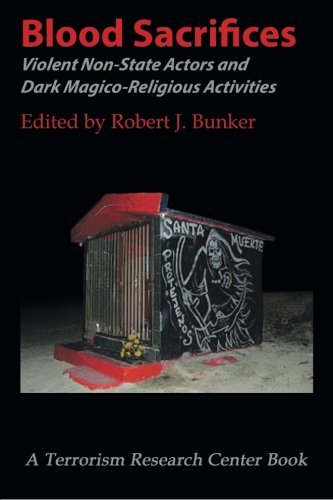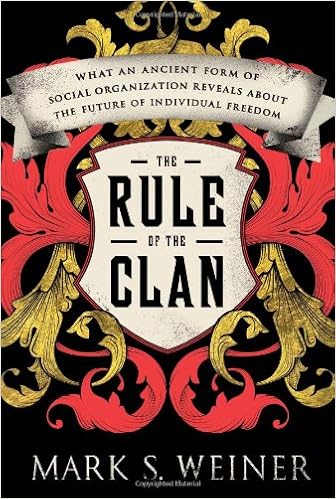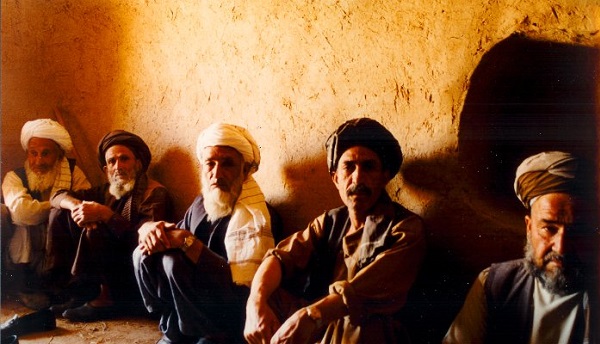MS-13 Murder or Blood Sacrifice? SWJ on 3rd Generation Gangs
Friday, January 12th, 2018[Mark Safranski / “zen“]


John Sullivan and Dr. Robert Bunker have some analysis up at Small Wars Journal regarding a grisly, ritualistic, gang murder in Maryland by MS-13 which squares with the underground narco-cult atrocities detailed in Narcos over the Border and Blood Sacrifices: Violent Non-state Actors and Dark Magico-Religious Activities:
Police in the Washington, DC suburb of Montgomery County, MD have arrested a suspect in the brutal gang murder of a still unidentified man whose body was found in a pre-dug grave in a park in Wheaton. The victim was stabbed over 100 times, beheaded, and his heart was cut out of his body. The suspect is an alleged member of Mara Salvatrucha (MS-13) and was arrested during a US Marshals Service raid on MS-13 fugitives in North Carolina and extradited to Maryland where he was charged with first-degree murder.
Key Information: Jack Moore, “Suspected MS-13 member charged with murder in grisly decapitation, dismemberment.” WTOP. 22 November 2017, https://wtop.com/montgomery-county/2017/11/suspect-charged-stabbing-death-wheaton-park/:
WASHINGTON — Gory details are emerging in the gang killing of a man who was stabbed more than 100 times, decapitated and had his heart cut out of his chest before being dumped in a pre-dug grave in a Montgomery County park.
Police have still not identified the man whose body was discovered Sept. 5 in a wooded area of Wheaton Regional park. But one of the MS-13 gang members who’s suspected of taking part in the grisly slaying has now been charged with first-degree murder.
Miguel Lopez-Abrego, 19, appeared in Montgomery County District Court Wednesday and was ordered held without bond.
Lopez-Abrego, was one of 10 members of the violent street gang involved in the killing, according to a police informant identified in charging documents as a “ranking member” of a local MS-13 clique…….The brutal murder of the unidentified suspect buried in a shallow grave in Wheaton Regional Park by alleged members of a local MS-13 ‘clique’ fits a pattern of recent brutal murders in the Washington, DC Metropolitan Area/National Capital Region. In the attacks detailed above, a victim is lured to a desolate location, brutally beaten, stabbed, and in the case of the Wheaton Park murder, beheaded and dismembered. These attacks are consistent with MS-13 ‘enforcement’ actions. It is likely the victim in this case crossed the gang in some still to be disclosed manner. The modus operandi employed is similar to other cases where the victim was viewed as a traitor or a ‘snitch’ against the clique in specific and MS-13 in general. The victim’s dark blue shorts—which represent an MS-13 color—and certain personal characteristics may lead additional credence to such possibilities.
Such attacks are essentially symbolic violence, utilized to show what happens to those that rat on the gang or disrespect its leaders. This attack lacks a specific ritual purpose beyond that of control—after all, the MS-13’s motto is ‘Mata, Controla, Viola’ (Kill, Control, Rape).[14] It is unknown at this time how this murder is linked to the other three murders that occurred in recent months in Maryland, but it is possible an internal power struggle is involved. It is also unknown if this (or these) attack(s) are centrally directed or linked with MS-13 clicas (cliques) elsewhere.
Read the rest here.
MS-13 has mutated from a simple street gang thirty years ago to a decentralized transnational criminal organization that in turn will work for or join with the more powerful Mexican drug cartels, amplifying their influence and capabilities. For example, MS-13, which is heavily involved in human trafficking and contract killings for the Sinaloa Cartel, is considered by Texas authorities to be a ‘Tier 1″threat on par with much larger and more sophisticated gangs like the prison based Mexican Mafia, Tango Blast and the Texas Syndicate. MS-13 has also contributed to the renewed destabilization and erosion of democracy of El Salvador, which has unleashed its Army and death squads against the gangs, while the gangs have begun to infiltrate the Army.
What is also worrisome, which the case described by Sullivan and Bunker indicate, is the degree to which MS-13 has picked up and is internalizing the ISIS-like, narco-cult ritualistic violence of the Mexican Cartels with decapitations, torture murders and sacrificial removal of human organs and is now employing them north of the border, a stone’s throw from our nation’s capitol. If allowed to continue this kind of ultraviolence is likely to be mirrored by other street gangs.






